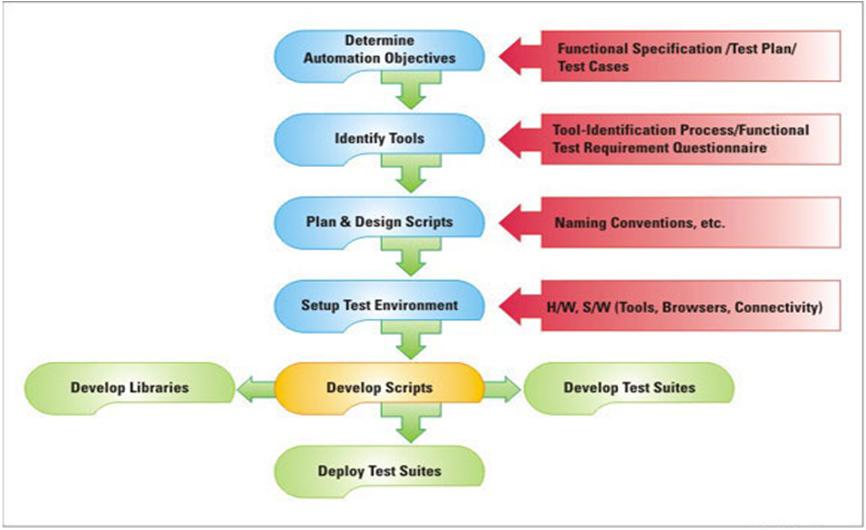For Black box testing, the test cases can be generated by using all or a combination of the below techniques.
Graph Based : Software testing begins by creating a graph of important objects and their relationships and then devising a series of tests that will cover the graph so that each objects and their relationships and then devising a series of tests that will cover the graph so that each object and relationship is exercised and error is uncovered.
Error Guesssing – Error Guessing comes with experience with the technology and the project. Error Guessing is the art of guessing where errors can be hidden. There are no specific tools and techniques for this, but you can write test cases depending on the situation.
Boundary Value Analysis (BVA) is a test data selection technique (Functional Testing technique) where the extreme values are chosen. Boundary values include maximum, minimum, just inside/outside boundaries, typical values, and error values. The hope is that, if a system works correctly for these special values then it will work correctly for all values in between.
Equivalence partitioning is a testing method that divides the input domain of a program into classes of data from which test cases can be derived.
Compasrision Testing – There are situations where independent versions of software be developed for critical applications, even when only a single version will be used in the delivered computer based system. It is these independent versions which form the basis of a black box testing technique called Comparison testing or back-to-back testing.
The Orthogonal Array Testing Strategy (OATS) is a systematic, statistical way of testing pair-wise interactions by deriving a suitable small set of test cases (from a large number of possibilities).
